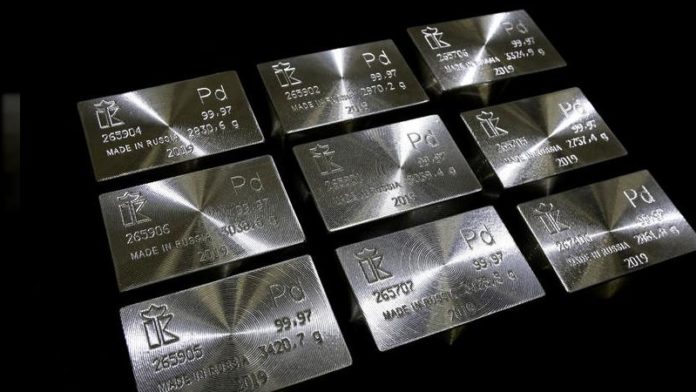PGMs earn Zim US$2,1bn in 2023
THE Platinum Group Metals (PGMs) industry remains a significant contributor to Zimbabwe’s economy after generating US$2,1 billion from exporting the precious metals last year.
This was despite the impact of depressed global market prices, Mines and Mining Development Minister Winston Chitando said.
PGMs are Zimbabwe’s second largest export earner after gold. In 2023, Zimbabwe expected to earn US$3 billion from PGMs.
Between them, platinum and gold account for more than 50 percent of the country’s export revenue while mining in general constitutes over 75 percent of Zimbabwe’s shipments by value.
Speaking during a Platinum Group Metals symposium in Victoria Falls on Wednesday Minister Chitando said the PGMs sector presented a unique opportunity for Zimbabwe to drive economic growth.
The southern African nation has the third largest PGMs deposits after South Africa and Russia.
The potential in Zimbabwe’s PGMs sector will be unlocked by addressing issues that include promoting the role of PGMs in the energy transition, strategically financing the construction of a domestic refinery, and implementing a well-defined import policy.
“The PGMs sector remains a vital contributor to our national economy, generating a total of US$2,1 billion in 2023. PGMs constitute a significant portion, approximately 25 percent of our national exports, underscoring their importance to our economic prosperity.
“As we convene here, we find ourselves amidst a dynamic and challenging landscape in the realm of PGMs mining.
“This shift has resulted in a softening of PGMs prices, with palladium bearing the brunt of this decline, experiencing a significant decrease of approximately 40 percent, ” he said.
The international price volatility in PGMs, Minister Chitando said, reflected the complex interplay of global forces that influence this market.
He said the Russia-Ukraine conflict and its geopolitical ramifications, had a profound impact on the global PGMs market.
“While we have witnessed a surge in prices in the past year, recent trends indicate a potential decline given that both Russia and Ukraine are significant producers of PGMs.
“This underscores the need for a diversified and resilient approach to the PGM sector.
“Looking ahead, the outlook remains subdued, with weak demand conditions expected to persist.
“As a consequence, the viability of mining projects has been severely impacted.”
Despite the existing challenges, Minister Chitando said he was confident that local PGMs producers would continue to increase production levels to offset revenue losses incurred due to the downturn in commodity prices.
For the first time, Zimbabwe’s platinum production last year surged to 507 000 ounces, a six percent increase from 2022 driven by investments that boosted operational stability.
Zimbabwe has three active PGMs producers namely Zimplats and Unki Mine, majority-owned by South African companies Implats and Anglo-American, respectively, as well as Mimosa, which is co-owned by Sibanye Stillwaters and Implats.
Minister Chitando challenged the local platinum producers to move beyond being price takers in the global market by investing in exploration, mine efficiency and value addition.
This would strengthen the platinum miners’ position and mitigate the impact of external fluctuations.
“Collaboration with research institutions to develop innovative extraction and processing techniques can further enhance our competitive edge.
“The success of green hydrogen production and the pace of technological advancements in the auto industry will significantly influence demand.
“Recycling advancements will also play a role in stabilising prices. Platinum is a key component in electrolysers used for green hydrogen production, a clean and sustainable energy source with immense potential,” he said.
It is believed that as the world strives for a low-carbon future, PGMs will undoubtedly remain a cornerstone of a sustainable energy future.
Zimbabwe can position itself as a key player in the clean energy revolution, contributing to a more sustainable planet while attracting investments and creating new opportunities for citizens.
Minister Chitando said he was pleased that one of the country’s leading PGMs producers, Zimplats, was making significant investments to enhance its processing capacity.
Under its US$1,8 billion capital expenditure investment, Zimplats has indicated that the strategy involves setting up integrated projects that include the development of new mines, expansion of the smelter, construction of an additional concentrator, base metal refinery, and the setting up of a 110MW solar power plant.
“The construction of additional smelters and the refurbishment of the base metal refinery will enable the company to process its materials domestically, further boosting our local mining industry.
“Additionally, I am delighted to share that PGMs producers have reached an agreement to utilise excess capacity at Zimplats for toll treatment, fostering collaboration and synergy within the sector.
“We welcome collaboration with international investors and financial institutions who share our vision for a sustainable and prosperous Zimbabwe,” he said.
-herald









